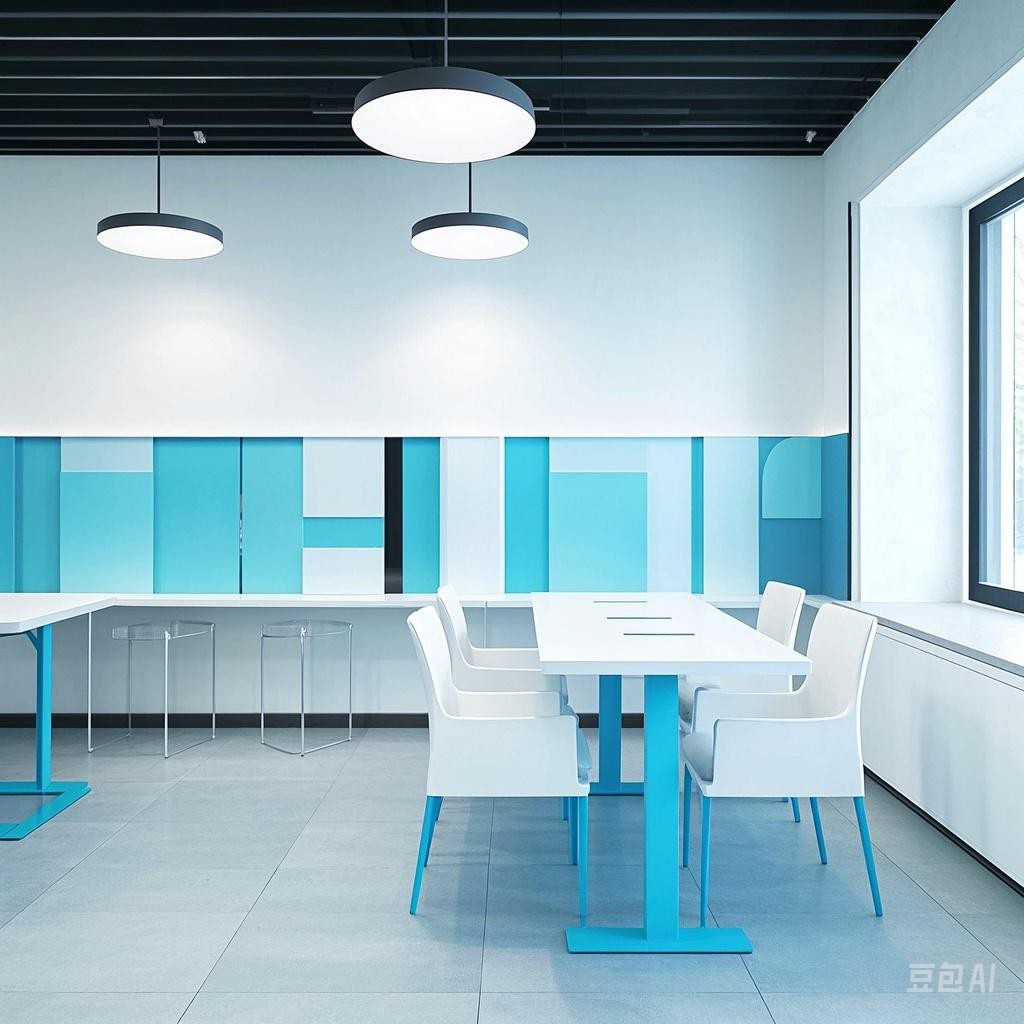Tesla, the American electric vehicle and clean energy company, has captured the imagination of the world with its sleek, modern designs. What makes Tesla’s cars so distinctive is not just their aesthetics but also the fact that there is no single “designer” behind them. Instead, the company has adopted a unique approach to design that combines the collective intelligence of its team with a focus on user experience. This article delves into the fascinating world of Tesla’s design philosophy, exploring how the company creates iconic vehicles without a designated lead designer.
The Evolution of Tesla’s Design Philosophy
Early Influences: The Work of Franz von Bayros
Tesla’s design language can be traced back to the early days of the company when Franz von Bayros was responsible for the design of the Roadster and Model S. While von Bayros was instrumental in shaping Tesla’s initial design aesthetic, the company quickly realized that a more collaborative approach could lead to even greater innovation.
User-Centric Design
One of the key principles behind Tesla’s design philosophy is the emphasis on user experience. The company believes that the design of a car should be intuitive, functional, and enjoyable to use. This user-centric approach has led to several design choices that set Tesla apart from its competitors.
The Collaborative Design Process
Tesla’s design process is collaborative and iterative. Here’s a breakdown of how it works:
1. Research and Conceptualization
The design team starts by conducting extensive research into user needs, market trends, and technological advancements. This research informs the conceptualization phase, where various design ideas are explored and refined.
2. Digital Prototyping
Using advanced 3D modeling software, the design team creates digital prototypes of potential designs. These prototypes allow the team to visualize and test design concepts in a virtual environment, making it easier to identify and address any potential issues early on.
3. Feedback Loop
Throughout the design process, Tesla employs a feedback loop that involves input from various stakeholders, including engineers, product managers, and most importantly, customers. This iterative process ensures that the final design meets the needs and expectations of its users.
4. Manufacturing and Testing
Once the design is finalized, it moves to the manufacturing stage. During this phase, Tesla’s engineers work closely with the design team to ensure that the design can be produced efficiently and effectively. The cars are then tested extensively to ensure they meet the company’s stringent quality standards.
Iconic Design Features
Tesla’s cars are known for their distinctive design features, some of which include:
1. The “Tesla Grille”
One of the most recognizable features of Tesla vehicles is the absence of a traditional grille. This design choice is not only visually striking but also functional, as the grille serves no practical purpose in an electric car.
2. The Touchscreen Dashboard
Tesla’s vehicles feature a large, high-resolution touchscreen dashboard that replaces traditional gauges and controls. This innovative approach allows for a clean, minimalist design while still providing all the necessary information to the driver.
3. The Falcon Wing Doors
The Model X’s Falcon Wing doors are a unique and eye-catching feature that adds to the car’s iconic status. These doors provide easy access to the second row of seats and improve the overall design aesthetic.
Conclusion
Tesla’s design philosophy is a testament to the power of collaboration and user-centric innovation. By focusing on creating a seamless and enjoyable user experience, Tesla has been able to develop iconic vehicles without relying on a single designer. This approach has not only set Tesla apart from its competitors but has also contributed to the company’s rapid growth and success in the electric vehicle market.
